Optimal Timing for Waterproofing Applications
Waterproofing is a crucial step in protecting structures from water intrusion, which can lead to damage, mold, and structural deterioration. The timing of waterproofing applications significantly influences their effectiveness and longevity. Proper scheduling ensures that materials adhere correctly and that environmental conditions are optimal for installation.
Spring offers moderate temperatures and less precipitation, making it ideal for waterproofing projects before heavy rains commence.
Summertime provides warm weather and longer daylight hours, facilitating efficient application and curing of waterproofing materials.
Early fall can be suitable, provided temperatures remain above freezing, allowing waterproofing to set before winter.
Winter is generally not recommended due to cold temperatures that hinder proper curing and adhesion of waterproofing products.
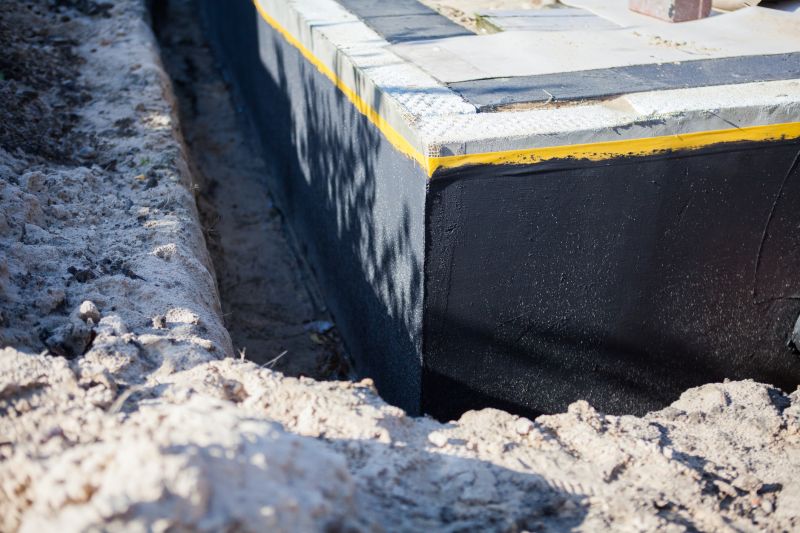
Ways to make Waterproofings work in tight or awkward layouts.
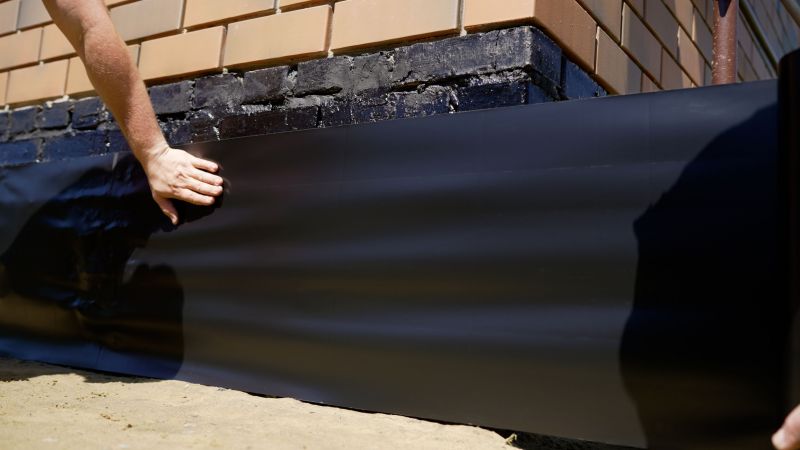
Popular materials for Waterproofings and why they hold up over time.

Simple add-ons that improve Waterproofings without blowing the budget.
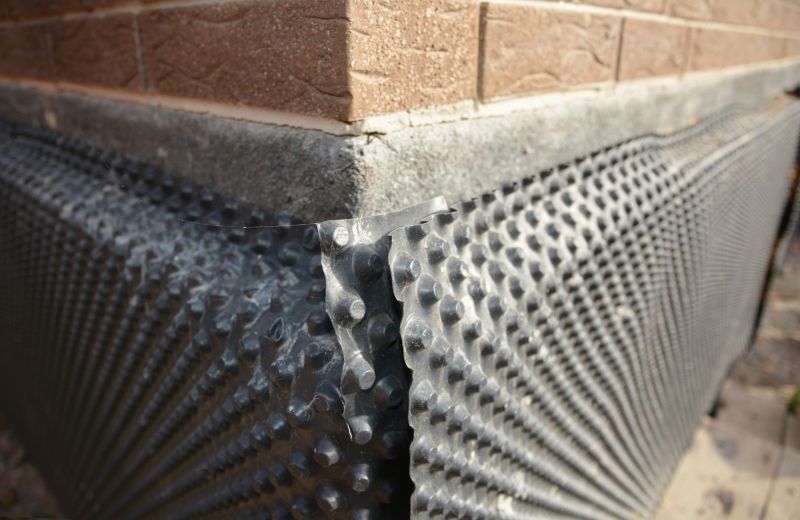
High-end options that actually feel worth it for Waterproofings.

Finishes and colors that play nicely with Waterproofings.
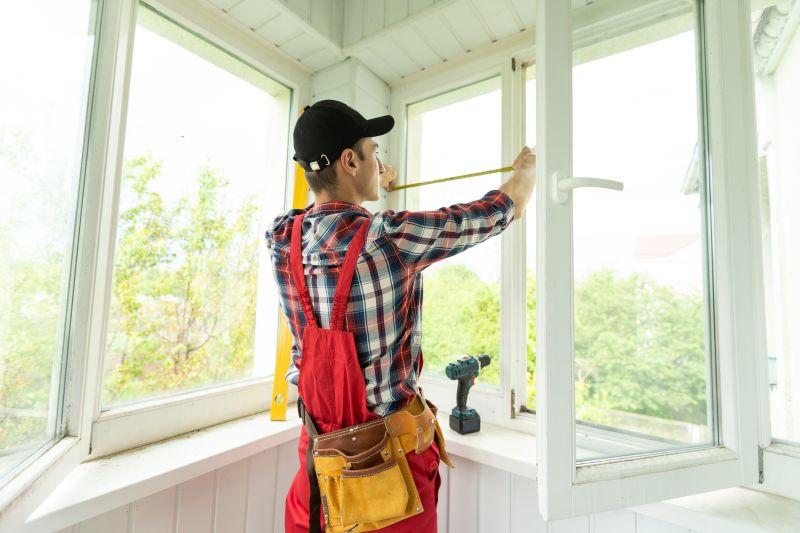
Little measurements that prevent headaches on Waterproofings day.
| Season | Optimal Conditions |
|---|---|
| Spring | Moderate temperatures, dry weather |
| Summer | Warm weather, long daylight hours |
| Fall | Above freezing temperatures, dry conditions |
| Winter | Cold temperatures, not recommended |
| Pre-Construction | Dry, warm environment |
Waterproofings are essential for protecting foundations, roofs, basements, and other structures from water damage. Proper application during suitable weather conditions ensures maximum adhesion and durability. Advances in waterproofing technology have improved the effectiveness and lifespan of these systems, making timely installation a critical factor for long-term performance.
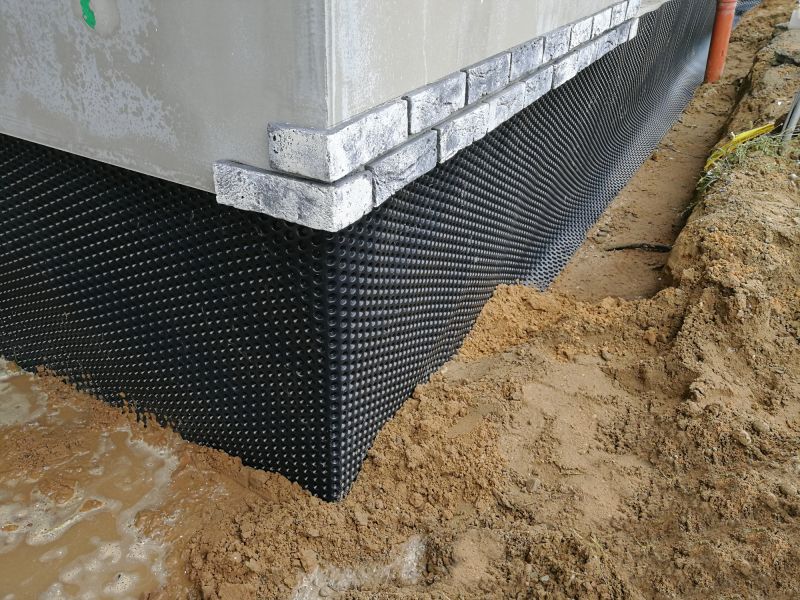
A 60-second routine that keeps Waterproofings looking new.
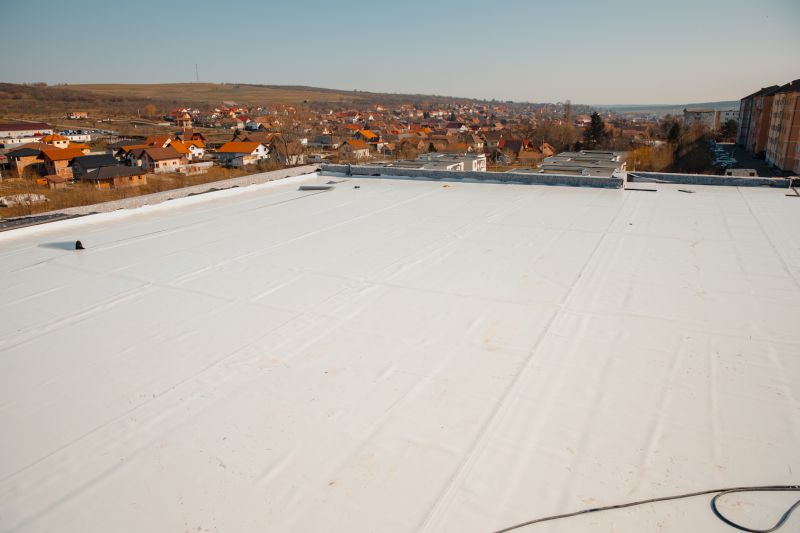
A frequent mistake in Waterproofings and how to dodge it.

Small tweaks to make Waterproofings safer and easier to use.
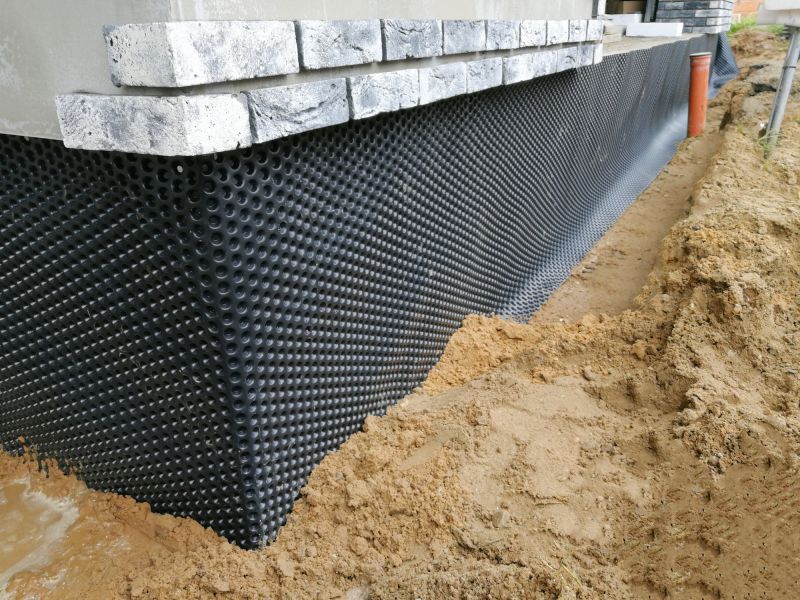
Lower-waste or water-saving choices for Waterproofings.
Scheduling waterproofing projects during optimal weather conditions enhances the effectiveness of application. Proper timing reduces the risk of water intrusion and extends the lifespan of waterproofing systems. Consulting with waterproofing professionals can help determine the best timing based on local climate patterns.
Interested in waterproofing services? Filling out the contact form can provide more information and assistance tailored to specific needs and project timelines.

